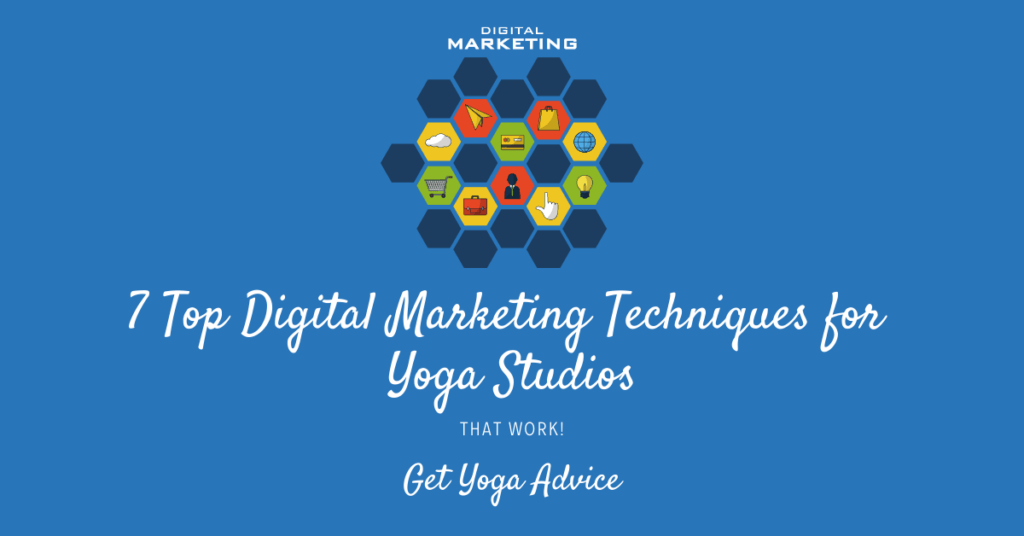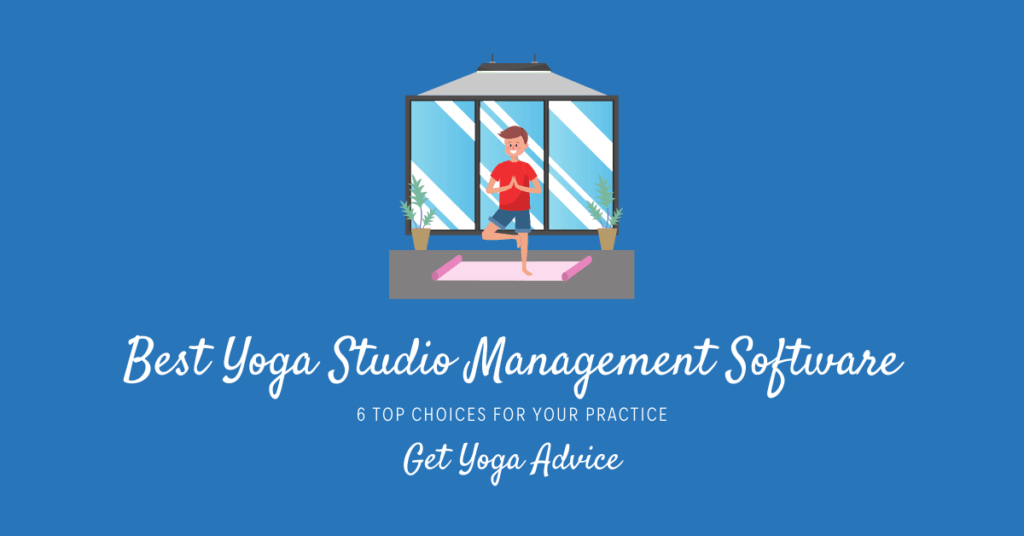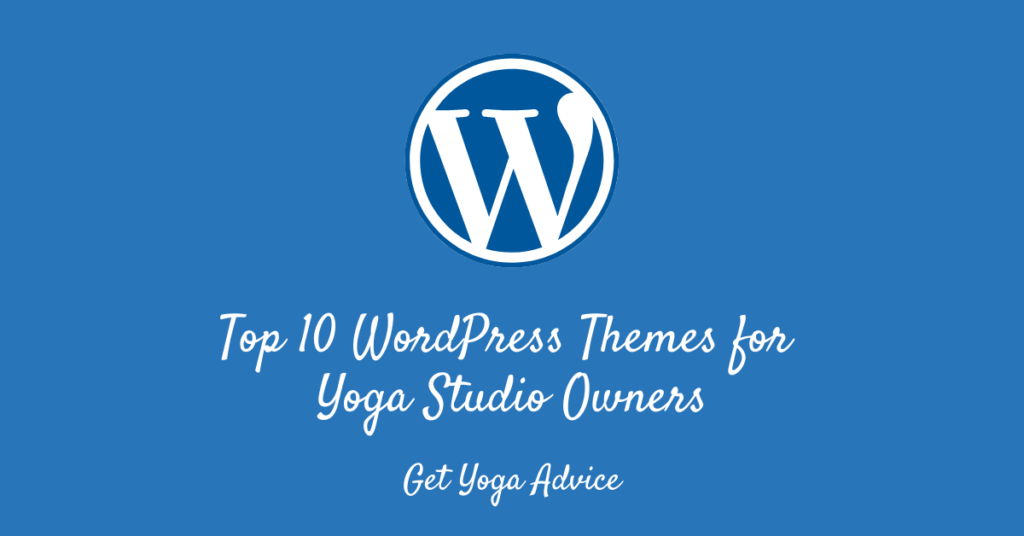Do you want to market a yoga studio online? As the owner of a new yoga studio, you may be wondering which are the best digital marketing techniques to gain recognition in such a competitive niche.
In this article, we’ll discuss seven of the most effective digital marketing techniques for yoga studio owners and highlight both pros and cons of each.
Contents
1. Email Marketing

Email marketing is one of the most effective yoga marketing ideas. Most people check email at least once each day. This digital marketing strategy involves sending relevant emails to a list of target customers who have opted in to hear from you or your yoga business.
Customize your emails according to the level of each target customer. For instance, if you have long-term students, send emails about class schedules and changes in teaching staff.
New customers may like emails filled with practical tips for your classes. If they are in their first class, congratulate them and recommend specific classes. To get started on email marketing, try ConvertKit.
Pros
- Email marketing is less expensive than other options, like radio or television advertising.
- You can cover a large customer base, compared to other online strategies that require more time to address a sizeable number of clients.
- With the right email marketing software, you can easily see how many people opened your email then decide on the effectiveness of this strategy.
Cons
- If you overwhelm your target customers with emails, they might mark your emails as spam.
- You’ll need to build an email list of engaged subscribers and customers.
2. Social Media Marketing
Yoga lends itself well to visual media.
Set up your yoga business profiles on Facebook, Twitter, Instagram and YouTube. Then post photos, tutorial yoga videos, training and classes as well as tips and advice.
While having an online presence and responding to customers’ posts can be time-consuming, tools like Hootsuite and Buffer can simplify this process.
Social media marketing tools will help you upload and automatically schedule the release of numerous posts at a pre-specified time across platforms, thus filling the gap when you are inactive on social media.
You might also find our round-up of expert advice on yoga studio advertising helpful.
Pros
- Social media engagement assists your yoga practice in building a relationship with target customers.
- This marketing option makes reaching out to a large customer base easy.
- Visual media gives your brand personality.
Cons
- Social media marketing is time-consuming.
- Using this method of marketing risks negative reviews.
- Regular interaction on social media opens your exposure to competitors.
3. Create a Yoga Website

Digital transformation has made an online presence critical for a business to achieve their goals. Develop an incredible yoga website, and use it to build your brand image necessary for yoga marketing.
Your website acts as a marketplace where customers will connect with you and develop a deeper interest in yoga practices.
Optimize your website so it can adapt to any screen size. This extra step in design lets clients use their phones, laptops or tablets to view your site. Provide informative facts about your business, such as location, a booking system and social media links.
Pros
- Customers can find you more easily.
- A website offers 24/7 information about your practice.
- The optimized site provides easy access to business information.
Cons
- You might not reach the right target customers.
- Websites need maintenance and updates.
4. Content Marketing
Digital content marketing involves creating interesting articles, videos, infographics and even podcasts about yoga. Bonus points if you take advantage of search engine optimization (SEO) keywords.
With the help of tools such as Canva, Animaker, Lumen5 and Adobe Spark, any yoga studio owner can explore content marketing as a means of finding new customers.
Pros
- By providing information, you create brand awareness and loyalty.
- This is a low cost option.
- Content marketing supports another marketing strategy, such as search engine optimization.
- Exhibiting your expertise creates traffic to your business.
Cons
- Managing content marketing can be a challenge.
- The process is time-consuming.
- Content marketers must have expert knowledge about a topic if they want to create meaningful articles, videos, audio etc..
5. Building a “Google My Business” Profile

Reviews on profiles are an essential part of building a positive identity for your yoga business. New customers will be interested in receiving your services based on positive reviews on social media platforms and your website.
After you register for Google My Business, encourage your current customers to leave reviews after reading your blogs or attending your classes to attract more new customers.
Pros
- Positive reviews demonstrate credibility.
- Prospects will find your practice more easily.
Cons
- Negative reviews could hurt your business.
- Some negative reviews may be unreliable.
6. Video Marketing
People are more attracted to visual content than write-ups. Using a smartphone and Instagram stories, for example, you can create short training videos about yoga and your practice.
You can create a relevant post and regular videos about your training and educational materials and post them on YouTube.
Remember, video marketing doesn’t mean you need to become Steven Spielberg. Today’s smartphones offer quality comparable to some professional video equipment, so pick up your phone and hit record.
Pros
- Videos convey a message in a short time.
- Visual content grabs the attention of many people.
- Video marketing garners high engagement and return on investment (ROI).
Cons
- Video overhead can be extremely expensive.
- Video production can be time-consuming.
- The content won’t appeal to all.
7. Search Engine Optimization

While creating your website, use keywords that make your studio easy to find by potential students while browsing. Answer the Public and AHREFS both are good tools to identify these keywords.
For instance, this article uses keywords like “yoga marketing techniques,” in the body, headline and meta-description.
Pros
- Not many yoga studios engage in SEO, meaning you can expect your results to be at the top of searches more easily.
- SEO creates sustainable web traffic over the long-term.
Cons
- SEO work is labor-intensive.
- Seeing results takes time.
- Effective SEO marketing requires some technical skills.
Final Word on Finding the Best Digital Marketing Techniques for Yoga
As a yoga studio owner, you can market a practice in many different ways. The seven strategies above are proven and effective. Rather than trying them all, pick one and see if it works before doubling down or moving on.



